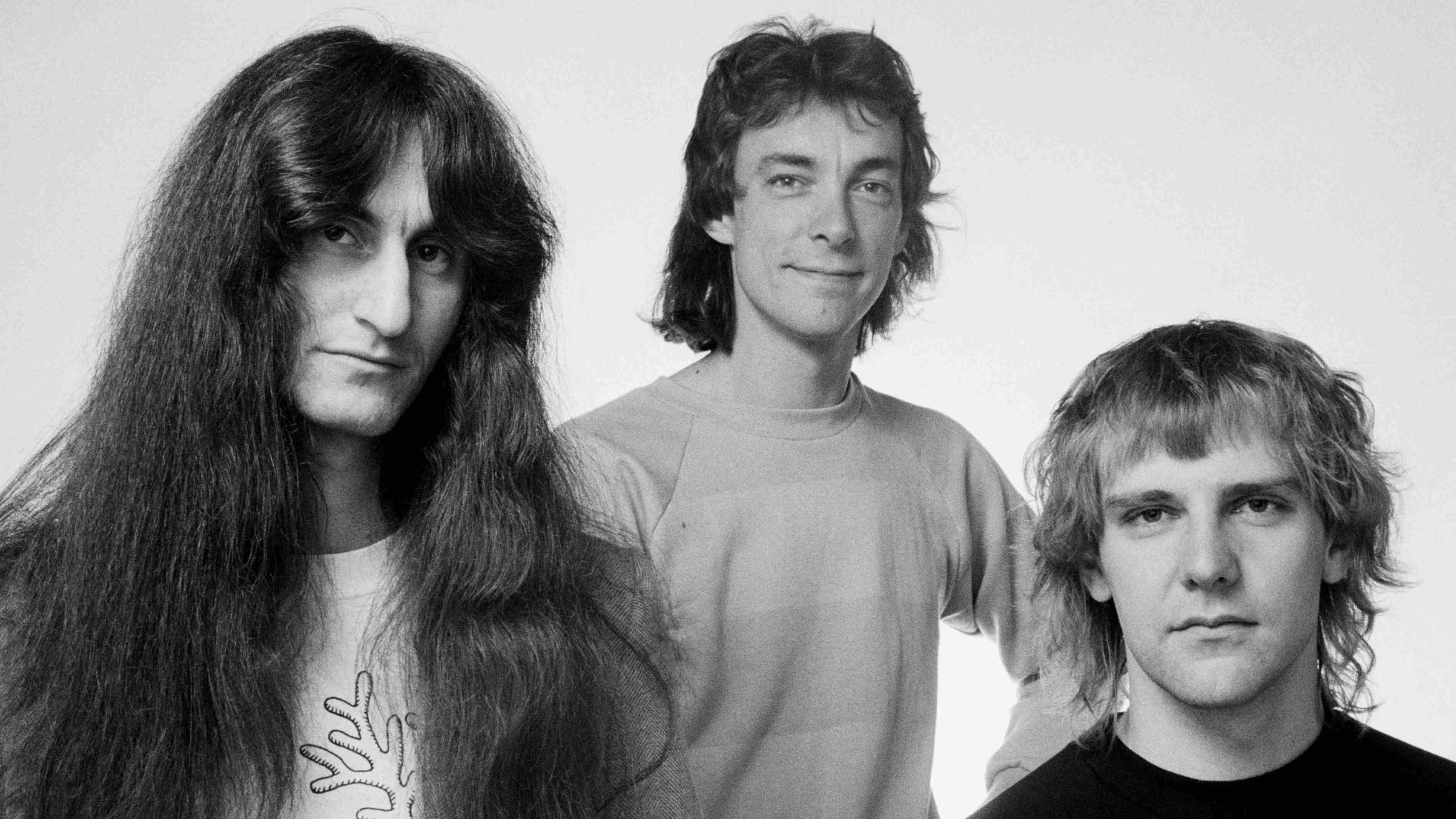“Grunge was taking off, and yet we were having our two biggest albums. It makes me wonder how well they’d have done had they been out in 1987”: The turbulent story of Lillian Axe, the 80s hard rock band who were too good for hair metal
Cult US hard rockers LIllian Axe should have been way bigger than they were
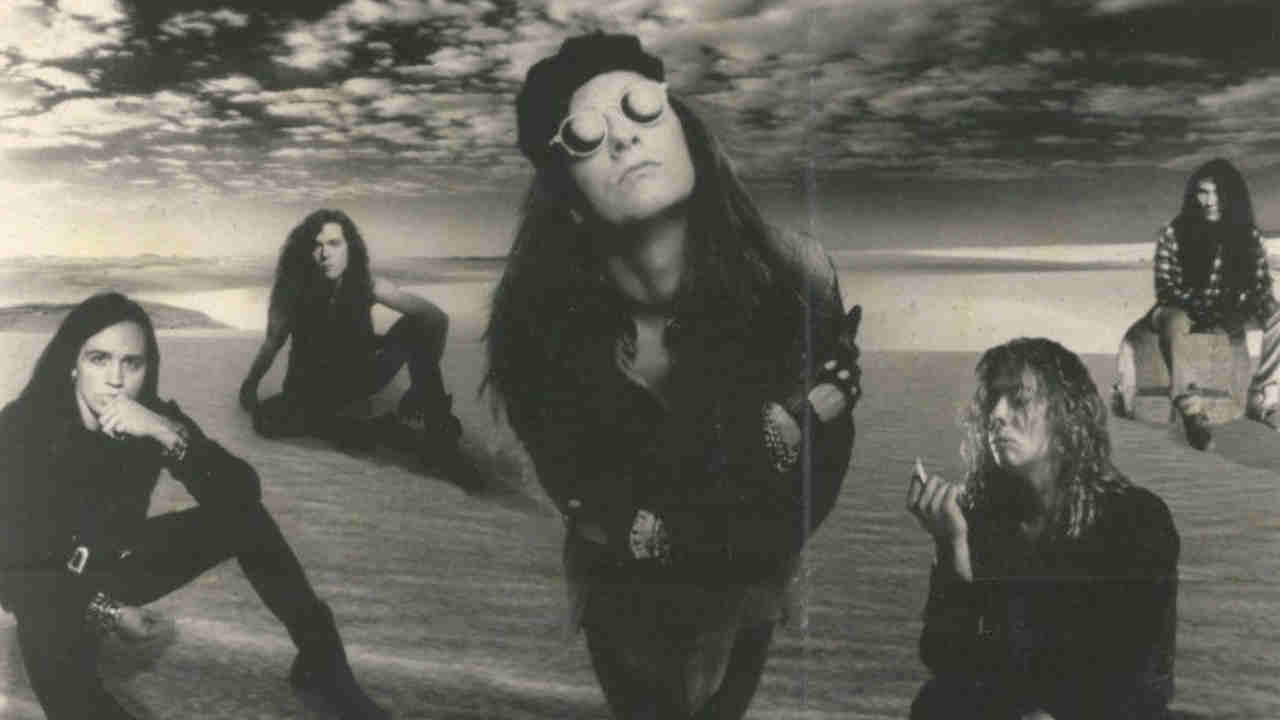
Lillian Axe were one of 80s hard rock’s great near misses – a band whose songs should have propelled them to hair metal-era superstardom but never did. In 2013, Classic Rock sat down with guitarist and mainman Steve Blaze to look back over a career of missed chances and lost opportunities.

Lillian Axe’s 1988 self-titled debut arrived as the so-called ‘hair band era’ was in full swing. They had the image, they had the rock-star patronage (Ratt’s Robbin Crosby produced their first album) and they had the heavyweight management (Marshall Berle, at that time steering Ratt).
Most importantly, they had the songs: radio-friendly, hook-filled melodic hard rock driven by Stevie Blaze’s fiery and fluid guitar lines, complemented by the soaring voice of Ron Taylor. Lillian Axe should have taken the rock world by storm. They didn’t, but fact that Lillian Axe are still going, still producing exciting music, is testament to Blaze’s determination to withstand the industry’s attempts to grind him down.
“I had a band called Oz,” remembers Blaze (now plain old Steve). “Me and the bass player [Michael ‘Maxx’ Darby] were solid, but the drummer was kind of a flake. Plus the singer had his own business and really wasn’t putting in 100 per cent. It was really frustrating. But then I discovered a singer called Johnny Vines and a drummer called Danny King, who were both great, and – more importantly – dedicated. The four of us formed the original version of Lillian Axe.”
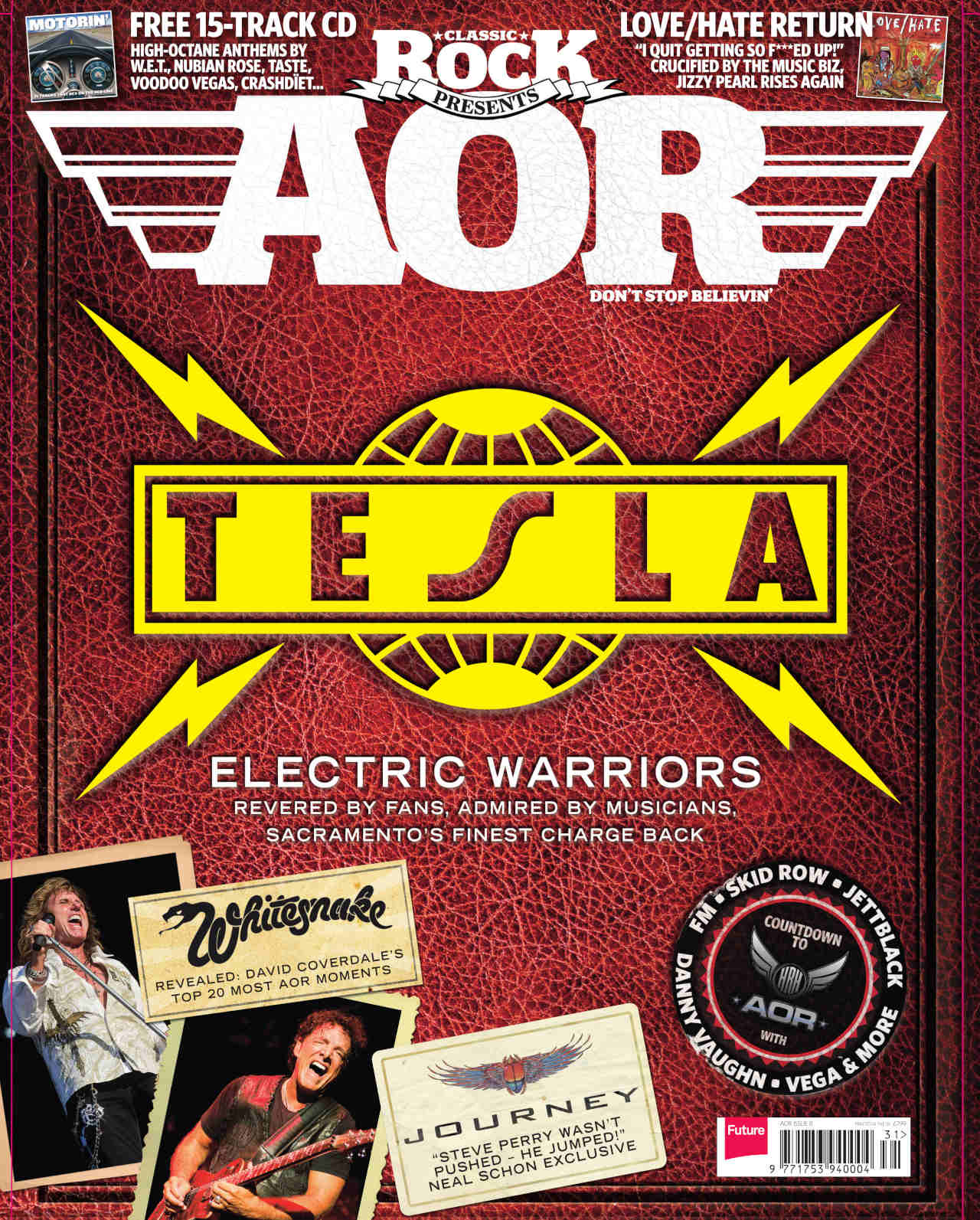
This was Hallowe’en 1983. Before long the fledgling Lillian Axe were working the scene like their lives depended on it.
“We toured all over the place,” says Blaze. “Locally [New Orleans], the midwest; we even went up to New York. We were a covers band with some original tunes thrown in, and we were really good. We’d have a Tuesday night show in the middle of nowhere and 600 people would show up.
“In ’86 or ’87 we got asked to open for Ratt, Queensrÿche and Poison for about five dates. Ratt’s manager at the time was Marshall Berle [nephew of legendary US comedian Milton]. Now at that point the two big managers were Marshall and Mötley Crüe’s Doc McGhee. After the second Ratt show, their security guy comes up and says: ‘Hey, Marshall Berle wants to talk to you.’ Marshall said: ‘Hey Steve, do you fancy having a record deal?’ And I was like: ‘Of course, where do I sign?!’
Sign up below to get the latest from Classic Rock, plus exclusive special offers, direct to your inbox!
“He said Robbin Crosby from Ratt loved the band and wanted to produce our record. So MCA sent a bunch of the top brass down to see us play and all was cool, or so I thought. Then the phone rings again: ‘Hey Steve, we love what you do, your songs are amazing, but we want to re-form the band around you.’
“So I have a great opportunity, but there’s this massive anchor tied to it. My choice was to stick with the guys I had or take the deal. Now at the time we were having some issues within the band, some substance issues, and I was kinda thinking that it could all end in six months or I could take this chance and start with a clean slate. After a lot of soul-searching I made the choice – and I think I did the right thing.
“I was demonised by some people for ‘dropping’ the original guys. But I had to think about it as a long-term shot. I made the decision, and then we headed into the studio to make the first record.
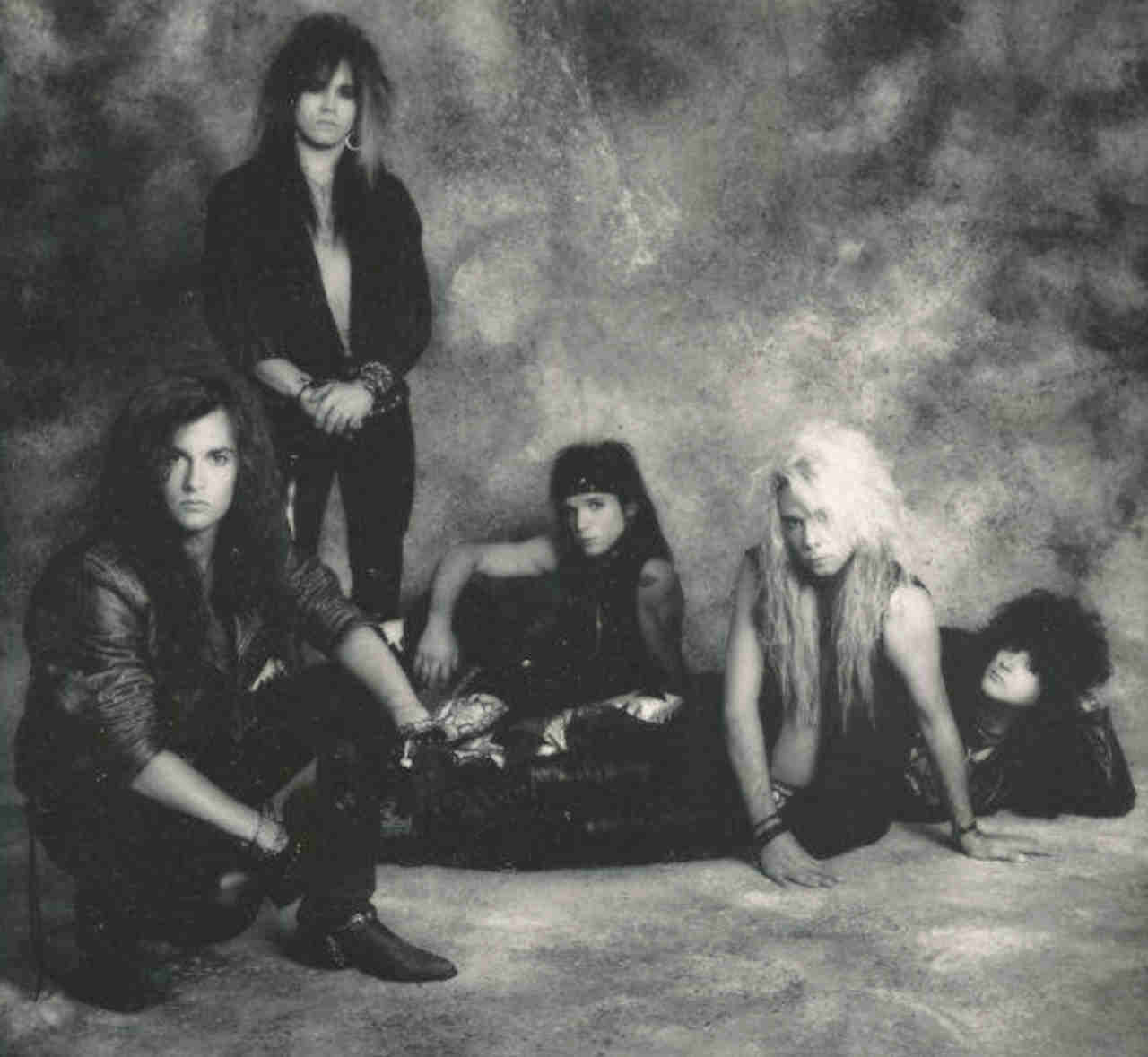
“I managed to at least keep hold of Danny; it was the label’s one concession. Then I had to pick the other musicians; Lillian Axe had played some shows with this band called Stiff, who had a great singer [Ron Taylor], this charismatic, Nikki Sixx-type bass player called Rob Stratton and a guitar player called Jon Ster. So I called Ron and Rob and said: ‘I have a record deal with MCA, do you guys want to join the band?’ They said yes, and we added Jon as rhythm guitarist.”
The band then hit the studio with their producer, Robbin Crosby.
“Robbin was a great guy, he was a very gentle soul. I felt like he was a very insecure person; he’d always sought validation. He was, at the time, in one of the biggest bands in the world, but he was still always questioning his playing and stuff like that. He was a real sweetheart. We’d go out every day with Robbin and he never once let us pay for a meal. He flew out to see us on the first tour and got up on stage with us. He was a great guy, and it’s a real shame that he’s gone [Crosby died in 2002].”
Steve was concentrating on Lillian Axe’s music, but he wasn’t focusing on what was happening behind the scenes.
“At the time I really didn’t know much about the business. I remember Dana Strum [bassist with Slaughter, Vince Neil] saying to me: ‘You guys just signed that big deal with MCA, right? Well, there’s some under-the-table deals being cut, dude, you need to watch out.’ And this was while we were recording our debut album! We had a $200,000 budget for that record and I didn’t see any monies or any statements or anything. We were really in the dark, but I didn’t know any better.
“We were staying in cool hotels and I had a limo pick me up and take me to the studio. I was thinking: ‘This is cool.’ Whereas I really should have been saying to myself: ‘You’ll be paying this back one day, idiot.’ Neither our manager nor our label was looking out for us.
“Once the record was done we went out on tour with Krokus for two months, but the label was already pushing me for a follow-up. They never really got started with the promotion for the first record, and they were already pushing for the second. Our other main problem was that we’d got signed to MCA by [industry legend] Irving Azoff, and he’d already left the label before our first record came out. This guy Al Teller came in. We were taken to meet him at a party and he had no clue who we were… no idea. I remember Alice [Cooper, at the time also signed to MCA] saying to me that after meeting him Teller said: ‘I hope I don’t have to see you again.’ Here’s a legend being disrespected by the label boss… What chance did we, or any new band, have?”
With label pressure mounting, Lillian Axe returned to the studio to their second album, Love & War, packed with great songs, yet to this day still hugely underrated.
“I’ve been hearing that for 20 years!” Steve laughs. “If I had a penny for every time someone said I was underrated or undervalued… well, I wouldn’t be underrated any more. I think that record found more of home over here in Europe. I think of lot of songwriters didn’t grow during that period, they’d hit on a formula that worked and stuck with it, whereas I wanted to keep growing. I’m still learning my art to this day.”
Again, despite the gem Lillian Axe had delivered, MCA dropped the ball. “One of the things we really suffered from, right through our early career, was we never got put on the right tour. We did the Krokus one, which was cool, but we needed to be on a Whitesnake arena tour. We had some radio support, and we had a little MTV support too, but MCA never put their money where their mouth was. We did a video for Show A Little Love but, despite getting great reactions across the board, it didn’t catch on like Poison’s Unskinny Bop did. Why? Both were real catchy songs, but one label got behind their band and the other label didn’t.”
With their second album underperforming, a parting of the ways arrived. Lillian Axe left MCA but weren’t without a record label for too long.
“A guy called Brian McEvoy came calling, and he had a label called Grand Slamm, which was a subsidiary of IRS. At MCA, we were spending over $200,000 on a record. IRS gave us less than half that, but we had our two biggest records with those guys because they worked their asses off. They were doing it right.
“The label had put out a compilation of the first two records [Out Of The Darkness, Into The Light, released 1991] as a little teaser while we got to work on the new record, which became Poetic Justice. They then sent Ron and I out on a six-week press tour across the US and Europe. The one mistake they did make, though, was no video for True Believer. That track was hitting the rock charts like a bullet but we had no video! It was crazy. Again, we were out playing, but again we were playing some strange shows with Eddie Money, The Outfield and Stray Cats one week, then we’d play with Anthrax and Saigon Kick the following one. But we were playing a lot, which was great, and we got to come to Europe for the first time.”
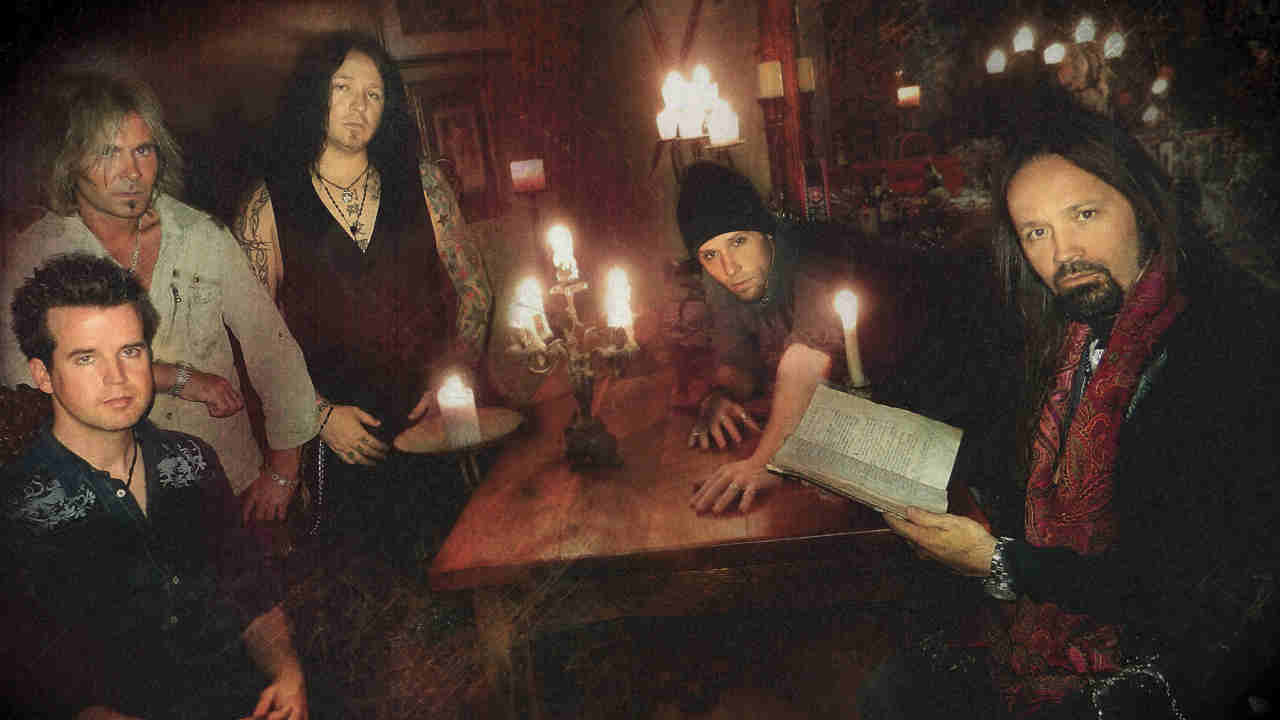
With the nucleus of the band now pretty stable and a new drummer, future Godsmack member Tommy Stewart, in for the now-departed Gene Barnett, Lillian Axe released their fourth studio album, the darker, more intense Psychoschizophrenia.
“After Poetic Justice the label, once again, were on me to get to work on the follow-up pretty quick and so I said: ‘Look, I need some gear so I can record demos properly.’ Because up until then it was pretty much me recording riffs and songs on tape and sending them to the guys. So the label bought me a little eight-track studio setup, with a drum machine and whatnot, and once that was all up and running I just hit this vein. All these songs just came out: Deep Red Shadows, Crucified, Deepfreeze… The songs just flowed. Psychoschizophrenia was a darker record for sure, and over the years I’ve had a lot of people thinking I’m this tortured artist because of that record. It was definitely a dark album, but there’s always a light side in our music too.”
With Psychoschizophrenia in the can, Lillian Axe hit the road once again.
“Grunge was really taking off, and yet we were having our two biggest albums. It makes me wonder how well they’d have done had they been out in 1987 or ’88.”
After touring across the globe the band returned home, tired but still up for the challenge for writing the next chapter in the band’s history.
“In ’95 I started writing new material, taking Psychoschizophrenia to the next level. But the rest of the guys said: ‘Wow, what are you thinking?’ Tommy wanted us to move in a Stone Temple Pilots kinda way, Ron had his own ideas, so he went off with Darrin to work on them. No one was really jiving with the direction I wanted to take the band in. So we did what we probably shouldn’t have done and took a break.
“I then spent the next four years with my band Near-Life Experience with my brother Craig [who went on to to play with Crowbar and Black Label Society]. That was a different experience, as I was doing lead vocals too. But I was getting bombarded by Lillian Axe fans who were disappointed that the band wasn’t together. They wanted the old band back.”
Like many bands whose careers had been blindsided by changing trends, Lillian Axe were about to experience a second wind. In 1999, Blaze got a call from UK label Z Records, who wanted to put out an odds-and-sods album featuring b-sides and unfinished songs, titled Fields Of Yesterday.
“We started doing double shows with Near-Life opening for Lillian, but we didn’t announce anything. Word got out and all of a sudden these little shows were pulling 1,000-plus people. That’s when I couldn’t deny it… Lillian Axe had some unfinished business to take care of.”
Since then, there has been a run of new albums, including 2012’s well-received XI: The Days Before Tomorrow, and a constant touring schedule. Lillian Axe may not have scaled the heights they deserved, but they’re still out there rocking.
“We’re far from done, man,” Steve says. “This band isn’t even halfway to realising its true potential.”
Originally published in Classic Rock Presents AOR issue 8, March 2013
You must confirm your public display name before commenting
Please logout and then login again, you will then be prompted to enter your display name.

